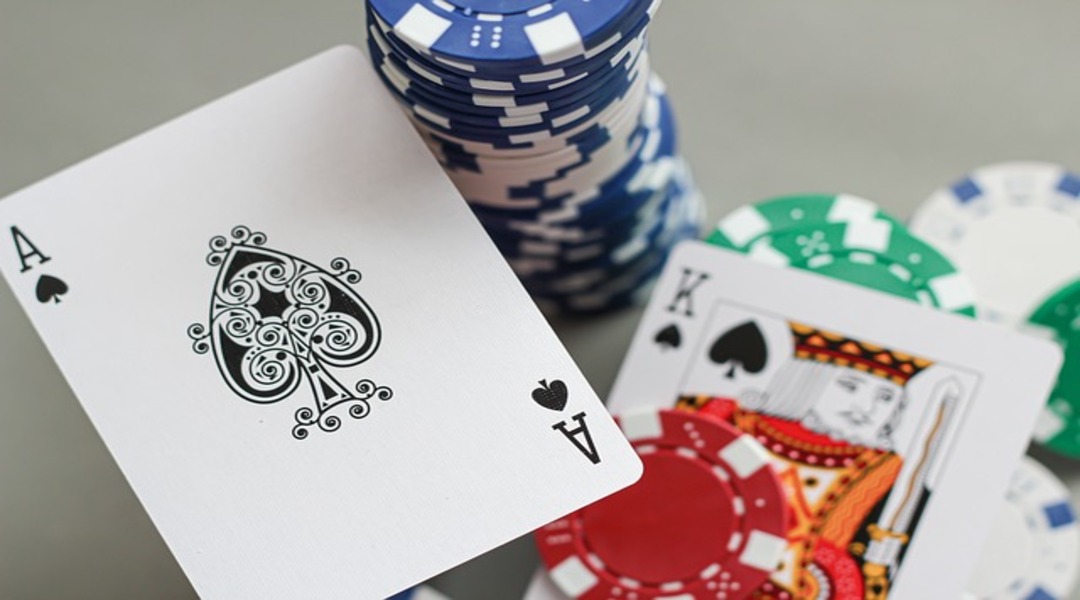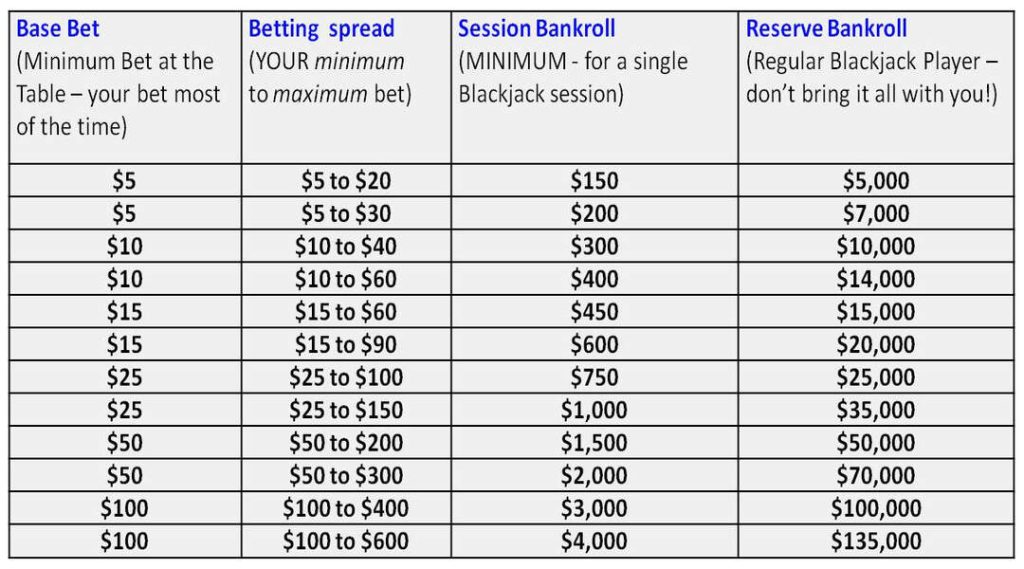Blackjack Strategies: Mastering the Game

Blackjack has long held a revered place in the pantheon of casino games. Its simple rules, fast pace, and the tantalizing possibility of outwitting the house make it a favorite for both casual players and seasoned gamblers. Unlike games of pure chance, blackjack offers a rare mix of luck and skill, where informed decision-making can significantly influence outcomes. As such, understanding the nuances of blackjack strategies is essential for anyone aiming to improve their odds at the table.
This review offers a deep dive into the strategic heart of blackjack, laying out the techniques and thought processes that distinguish successful players, but which even new players can understand. From fundamental principles to advanced tactics, readers will find practical insights backed by real-world data. Whether you’re a newcomer seeking a blackjack guide or a veteran hoping to refine your approach, this article is designed to equip you with tools for long-term improvement.
Understanding the Basics: The Core of Strategy
At its foundation, blackjack pits the player against the dealer with a single objective: get a hand total as close to 21 as possible without exceeding it. Cards 2 through 10 are worth their face value, face cards count as 10, and Aces can be either 1 or 11. The game’s simplicity masks a deeply mathematical structure, one that rewards players who understand probability and risk management.
Central to any successful approach is basic strategy blackjack, a mathematically derived set of rules that outlines the optimal move (hit, stand, double, or split) for every possible player-dealer card combination. Developed through computer simulations of millions of hands, basic strategy reduces the house edge to as little as 0.5% when played correctly—an astonishingly low figure compared to other casino games.
Here is a simplified version of basic strategy in table form for a six-deck game with the dealer standing on soft 17:
| Player Hand | Dealer Upcard | Recommended Action |
|---|---|---|
| 16 | 10 | Surrender or Hit |
| 13-16 | 2-6 | Stand |
| 13-16 | 7-A | Hit |
| 12 | 4-6 | Stand |
| 12 | 2-3, 7-A | Hit |
| 11 | Any | Double |
| 10 | 2-9 | Double |
| 9 | 3-6 | Double |
| A,8 or A,9 | Any | Stand |
| A,7 | 3-6 | Double or Stand |
| A,6 | 3-6 | Double or Hit |
| Pairs (8,8 or A,A) | Any | Always Split |
This table is not exhaustive but demonstrates the kind of guidance basic strategy provides.
Going Beyond the Basics
While basic strategy forms the backbone of successful blackjack play, seasoned players often integrate more advanced tactics to further tip the odds in their favor.
One such tactic is card counting, a method of tracking the ratio of high to low cards remaining in the deck. Contrary to popular belief, card counting is not illegal, though it is frowned upon by casinos and may get a player banned. The premise is simple: high cards (10s and Aces) benefit the player more than the dealer. When the deck is rich in high cards, the player increases bets; when low cards dominate, bets are minimized.
The most common system, the Hi-Lo count, assigns values of +1 to low cards (2–6), 0 to middle cards (7–9), and -1 to high cards (10–Ace). By maintaining a running count and converting it into a true count based on the number of remaining decks, players can make informed betting decisions. This approach, when executed flawlessly, can give the player a statistical edge of up to 1.5%.
It’s worth noting that card counting requires exceptional concentration, a keen memory, and the ability to blend in while playing flawlessly—no small feat in today’s surveillance-heavy casino environment. While some players dedicate themselves to mastering blackjack, others prefer the fast-paced excitement of popular slot games like Book of Dead, Starburst, or Gonzo’s Quest, which offer big thrills without the need for advanced strategy.
Common Mistakes to Avoid
Even with a strong grasp of blackjack strategies, players often fall into predictable traps. Here are a few common mistakes:
- Deviating from basic strategy due to superstition
Relying on “gut feeling” or hunches rather than the numbers is a fast track to losing money. - Chasing losses
Increasing bets to recover losses often leads to compounding poor decisions. - Ignoring table rules
Rules such as whether the dealer hits or stands on soft 17, or whether doubling after a split is allowed, can have a major impact on your expected return. - Playing tired or distracted
Blackjack is a game of focus. Fatigue or multitasking can cause critical strategic errors.
A Strategic Checklist for Every Session
To reinforce good habits and avoid costly mistakes, consider this checklist before sitting down at any blackjack table:
- Study the table rules – Know what variations are in play.
- Commit basic strategy to memory – Have the foundational moves hardwired.
- Use betting discipline – Set win/loss limits and stick to them.
- Avoid alcohol – Impairment leads to poor judgment.
- Track sessions – Review your results to spot patterns in your play.
The Role of Bankroll Management

No discussion of blackjack strategies would be complete without emphasizing bankroll management. Even the best strategy cannot overcome poor money management. Experts recommend having a bankroll at least 40–50 times your average bet for regular blackjack sessions. For example, if you bet $25 per hand, your bankroll should be at least $1,000–$1,250.
Establishing stop-loss limits and knowing when to walk away—whether up or down—helps ensure that emotional decision-making doesn’t sabotage long-term results. This applies regardless of whether you’re playing with traditional currency or using cryptocurrency, which has become an increasingly popular option for online blackjack due to its fast transactions and added privacy.
How to Win at Blackjack: A Realistic Perspective
There’s no silver bullet in blackjack. The phrase “how to win at blackjack” should not be interpreted as a promise of guaranteed success. Rather, it signals a strategic mindset—a commitment to learning the game’s mathematical foundations, practicing disciplined play, and recognizing that short-term variance is part of the journey.
Winning in blackjack is about making fewer mistakes than your opponents, playing within your limits, and taking advantage of small edges wherever they exist. It’s a game that rewards preparation and punishes impulse.
Conclusion: Playing Smart, Playing Long
Blackjack remains one of the most intellectually satisfying casino games available. With proper knowledge and a disciplined approach, players can significantly improve their outcomes and turn a game of chance into one of calculated opportunity.
This blackjack guide underscores the importance of strategic play—from mastering basic decisions to incorporating more advanced techniques like card counting and bankroll management. While the house always maintains a slight edge, players who commit to learning the game inside and out stand the best chance of evening the odds.
In the end, blackjack is not about chasing the big win but about making smart decisions, hand after hand, over the long run. And in that sense, knowledge is the most valuable card you can hold.